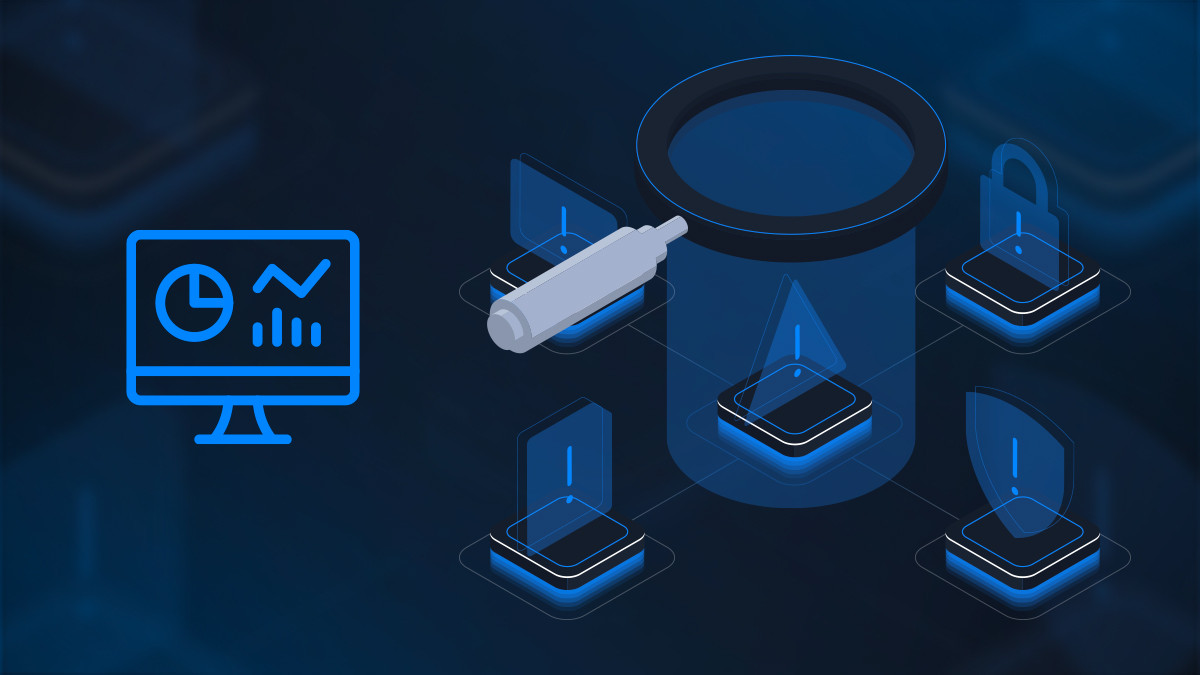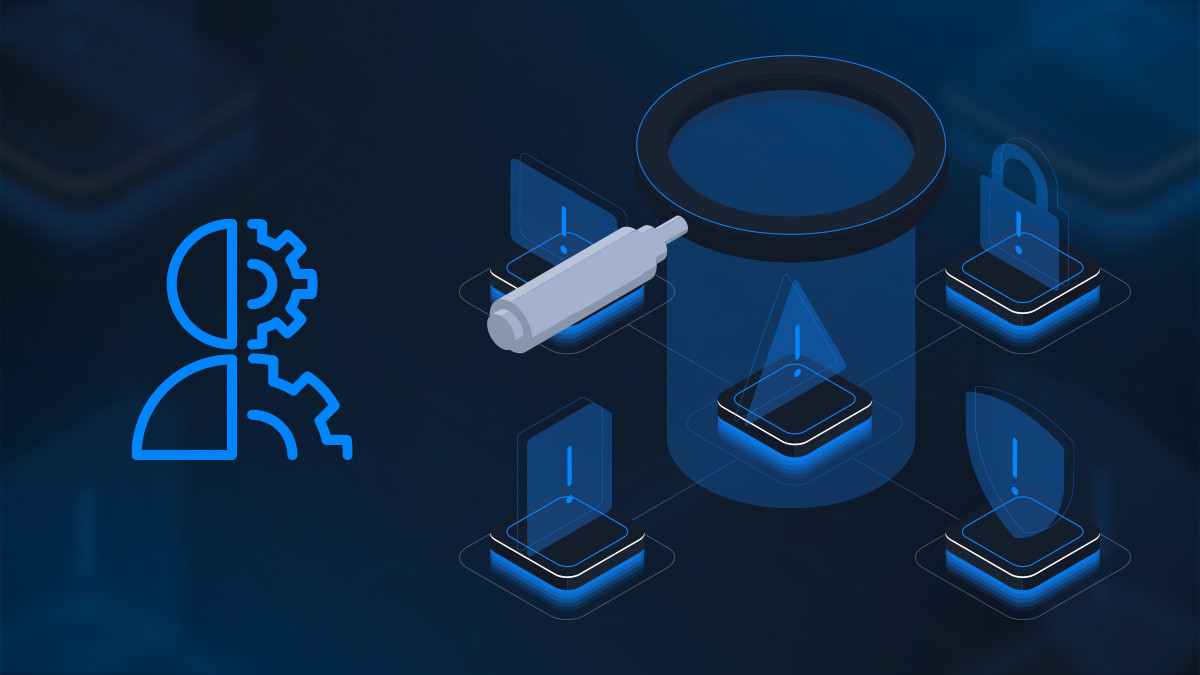Blue Teaming
Stop the alert overload: How to train like you’re actually under attack
SOC burnout is real. See how HTB’s Threat Range rebuilds resilience and delivers measurable value through realistic, data-driven blue team simulations.

diskordia,
Nov 06
2025
If SOCs were superheroes, they’d be the ones quietly saving the world in the background—no theme music, no thanks, just coffee, alerts, pressure, and maybe a dark, dramatic backstory. Less Superman, more Roarschach from Alan Moore’s Watchmen.

But even heroes can be struck down by burn out. Today’s SOC is neck-deep in noise; think endless alerts, disconnected workflows, and an always-on and rapidly evolving threat landscape, now supercharged by AI. And behind every flashing dashboard is a human being who’s tired, undertrained, and running on a blend of fumes and caffeine.
According to our burnout report:
-
90% of CISOs worry burnout is undermining their teams’ effectiveness.
-
65% of cybersecurity pros have already experienced the impact firsthand.
-
In the UK and US, the annual financial cost of burnout is estimated between $2.5 and $4 million per organization.
And yet, many teams still train with static labs and outdated table-top exercises that barely simulate reality. That’s like teaching firefighting from a pretty slide deck.
Threat Range was created to fix that. It’s there to make blue team training feel like the real thing. Not theory, not guesswork—just hands-on, high-pressure, measurable practice.
Table of Contents
SOCs don’t need more tools, they need more accuracy
Most SOCs have no shortage of tools at their disposal. SIEMs, EDRs, playbooks, dashboards—there’s enough to fill a grand library. The real issue? Analysts are learning in environments that don’t behave like the ones they defend.
A junior analyst might know what a lateral movement alert looks like, but can they triage 30 of them in a row, correlate across logs, and collaborate with DFIR under pressure? Probably not—because most training doesn’t force that kind of context-switching chaos.
That’s where Threat Range changes the game.
What Threat Range actually does
Threat Range is a team-based blue team simulation environment purpose-built for SOC and DFIR professionals. It allows defenders to go through an entire cyberattack, from detection to containment to reporting, in a safe, controlled, but totally realistic environment. Here’s how it looks in action:
1. More realistic incident setup
A full-scale attack (like a ransomware outbreak, APT intrusion, or insider threat) is executed in a sandbox. The simulation records every single log, alert, packet, and artifact generated by that attack.
When the team steps in, they’re handed the “forensics aftermath” of an actual breach. There’s no spoilers, no do-overs.
In a nutshell: it’s like being dropped into the middle of a live investigation with just your wits, your SIEM, and your squad.
2. SOC mode: Detect and escalate
Analysts begin by triaging alerts in a simulated SIEM. Every action affects the Threat Resilience Index (TRI)—a live scoring metric that tracks the team’s overall effectiveness. Escalate too late? TRI drops. Miss a false positive? Penalty. Nail a rapid escalation? TRI goes up.
Each analyst has to justify their calls, communicate with peers, and know when to pass the baton to DFIR.
3. DFIR mode: Investigate and contain
Once alerts are escalated, the forensics team dives deep into host artifacts—memory dumps, registry hives, logs, PCAPs—to reconstruct what happened. They’re piecing together the attacker’s logic, tracing privilege escalation paths, and isolating the root cause.
This part mimics what real breach investigations look like when adrenaline meets caffeine.
4. The reporting phase
The team must then rebuild the entire kill chain, write up a final incident report, and propose mitigations. The system automatically compares their findings to the true scenario script, surfacing what they caught and what they missed.
This turns every exercise into an instant performance review—quantitative, not subjective. No more “good job!” emails that mean little more than a pat on the back in practical terms.
Real-world resilience you can measure
Threat Range isn’t a toy, and it’s not a game for points—it’s a performance lab for real SOC readiness. The true value lies in three main areas: realism, measurement, and team growth.
1. Realism that reflects the job
Every scenario is designed from real attack data and mapped to modern TTPs (think MITRE ATT&CK). That means teams are investigating the same patterns adversaries actually use (E.g., credential theft, data exfiltration, lateral movement) without risking production systems.
Get a demo of Threat Range now
No fluffy “find-the-flag” stuff—just authentic, high-pressure defense. It’s training that mirrors the exact pressure, time constraints, and ambiguity analysts face in real incidents.
2. Cyber skills you can quantify
Threat Range turns performance into actionable, insightful data. Using key metrics like:
-
Median Time to Detect (MTTD)
-
Median Time to Investigate (MTTI)
-
False Positive Rate
SOC managers can track progress over time, benchmark against previous runs, and pinpoint where the team struggles.
The Threat Resilience Index (TRI) rolls all this into a single, dynamic score showing how effectively a team detects, triages, and resolves incidents.
High TRI = strong collaboration and precision.
Low TRI = alert overload, miscommunication, or weak escalation discipline.
In short, TRI lets leadership see readiness instead of assuming it.
3. Realistic collaboration under pressure
SOC and DFIR teams often work in silos, passing on tickets like hot potatoes. Threat Range brings them into the same virtual war room. They have to coordinate, debate, and act together to succeed.
This breaks down the “us vs. them” narrative that cuts so many incident responses off at the ankles. By simulating the full lifecycle—from L1 triage to forensic closure—teams build muscle memory for communication and role clarity.
What it all means for your organization
-
Threat Range for analysts: Threat Range gives you a safe space to fail, learn, and recover—without the reputational risk of a real breach. You get to really feel what incident response is like: time pressure, collaboration, the adrenaline of discovery. And because every exercise mirrors an authentic APT or ransomware campaign, analysts sharpen not just their technical reflexes but their decision-making. That’s the difference between reading about a spearphish and stopping one.
-
Threat Range for managers: Finally, something measurable. SOC leads and CISOs can watch real metrics evolve over time; seeing if MTTD improves, if false positives drop, and if cross-team escalation is getting smoother. They can also use the results to justify investments (E.g., “we’re weakest in privilege escalation analysis”) or shape targeted training plans with Academy and Labs content linked directly to the weak spots revealed by Threat Range.
-
And for the wider organization: TL;DR – Threat Range directly reduces risk and eases burnout. Every simulation exposes blind spots before attackers do, like a recurring audit that’s actually engaging. Instead of learning from breaches, companies can rehearse for them. The ROI is simple: fewer false alarms, faster containment, and teams that don’t crumble when the alerts spike.
How to integrate Threat Range into the SOC lifecycle
Threat Range isn’t one of those once-a-year check-box exercises. It’s designed to slot directly into your SOC’s rhythm:
-
Onboarding (Days 30–60): New hires can train in a safe, high-fidelity environment.
-
Quarterly exercises: SOCs can benchmark team improvement over time.
-
Post-incident reviews: Recreate similar attack paths to analyze what could’ve gone better.
Every cycle becomes a feedback loop between experience and data. The more a team trains, the more refined their instincts and processes become.
Final thoughts: Patching the human firewall
Burnout happens when analysts lose connection with purpose—when they stop seeing impact. Threat Range gives that back. It replaces endless theoretical checklists with live experience, teamwork, and mastery.
In a field where automation often feels like the enemy, this is the human reset button. It reminds defenders why they do what they do, because in every log, every packet, and every alert, there’s a story waiting to be unearthed.
So if your SOC feels like it’s one alert away from collapse, maybe it’s time to step into Threat Range. Not just to train. To rebuild. To remember what defending feels like.












